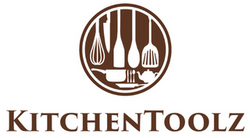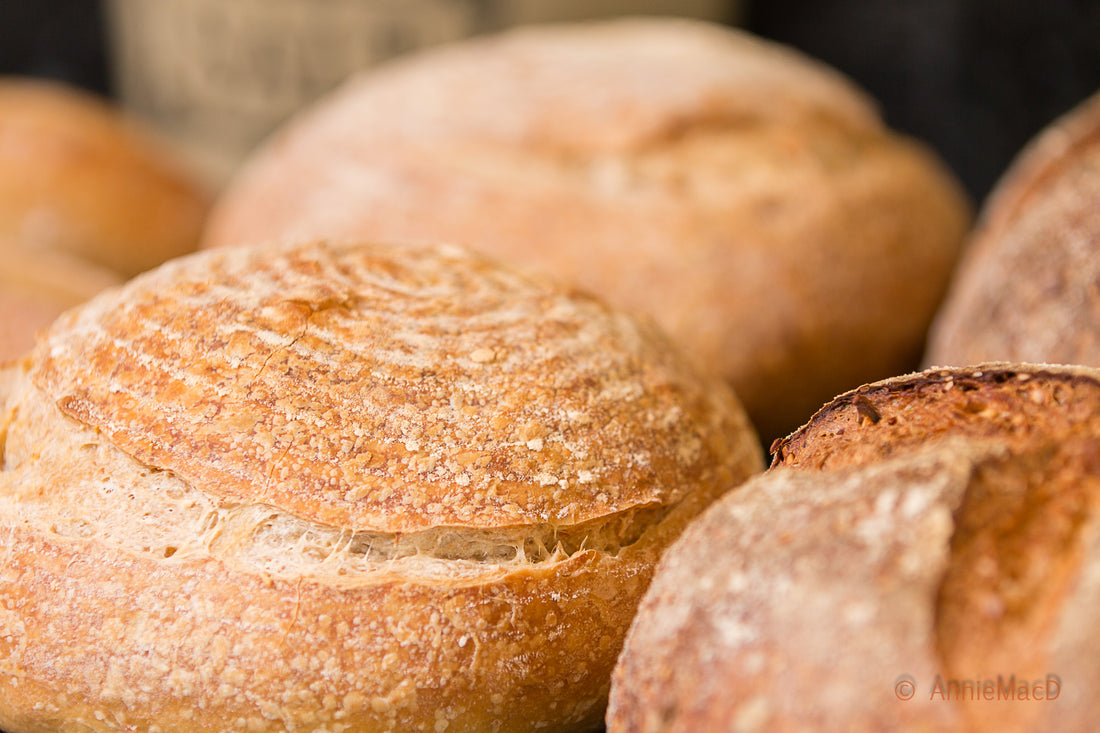
How to Make SOURDOUGH BREAD:
Sourdough bread is a culinary delight that boasts a rich history dating back centuries. At its core, sourdough bread is made using a natural fermentation process, relying on wild yeast and lactobacilli bacteria present in a sourdough starter to leaven the dough. This traditional method results in a unique flavor profile characterized by a subtle tanginess and complex aroma.
What is San Francisco-style sourdough?
San Francisco-style sourdough is a beloved variation of sourdough bread, renowned for its distinctively tangy flavor and chewy texture. What sets it apart is the unique combination of wild yeast and lactobacilli bacteria found in the San Francisco air, which gives the bread its signature sour taste.
What is the difference between San Francisco sourdough and regular sourdough?
While both San Francisco sourdough and regular sourdough share the same basic ingredients and fermentation process, the key difference lies in the microbial composition of the starter culture. San Francisco sourdough relies on the specific strains of wild yeast and lactobacilli bacteria prevalent in the San Francisco environment, contributing to its unique flavor profile.
What makes San Francisco sourdough so special?
San Francisco sourdough is celebrated for its robust flavor, chewy texture, and distinctively tangy taste. The cool, foggy climate of the Bay Area provides ideal conditions for cultivating the wild yeast and lactobacilli bacteria that give San Francisco sourdough its characteristic sourness and depth of flavor.
What is the secret to San Francisco sourdough?
The secret to San Francisco sourdough lies in its starter culture, which is enriched with a diverse array of wild yeast and lactobacilli bacteria. These microorganisms thrive in the cool, foggy climate of San Francisco, imparting their unique flavors to the bread during the fermentation process.
What is the name of the bacteria that makes San Francisco's sourdough bread so delicious?
The primary bacteria responsible for the distinct flavor of San Francisco sourdough is Lactobacillus sanfranciscensis. This strain of bacteria thrives in the specific environmental conditions of San Francisco, contributing to the sourdough's characteristic tanginess and aroma.
Why is San Francisco sourdough bread so sour?
The sourness of San Francisco sourdough bread is a result of the lactic acid produced by the fermentation process. Lactobacillus bacteria convert sugars in the dough into lactic acid, which imparts the tangy flavor that is characteristic of sourdough bread.
Is San Francisco sourdough bread healthy?
Sourdough bread, including San Francisco-style sourdough, offers several potential health benefits. The fermentation process increases the bioavailability of nutrients in the bread, making it easier for the body to digest. Additionally, sourdough bread typically has a lower glycemic index compared to other types of bread, which may help regulate blood sugar levels.
Is it OK to eat sourdough bread every day?
While sourdough bread can be part of a healthy diet when consumed in moderation, it's essential to maintain a balanced approach to nutrition. Enjoying sourdough bread as part of a varied diet rich in whole grains, fruits, vegetables, and lean proteins is key to overall health and well-being.
Which is the healthiest sourdough bread?
The healthiest sourdough bread is typically made with whole grain flours and minimal added sugars or preservatives. Look for sourdough breads that list whole wheat, rye, or other whole grains as the primary ingredients. Additionally, opting for sourdough breads that are naturally leavened and fermented over an extended period can enhance their nutritional profile and digestibility.
Detailed Instructions on How to Make San Francisco-Style Sourdough Starter Dough:
1. Begin by creating your sourdough starter. Combine equal parts flour and water in a clean glass jar and mix until well combined. Cover loosely with a clean cloth or plastic wrap and let it sit at room temperature for 24 hours.
2. After 24 hours, discard half of the starter and feed it with equal parts flour and water. Continue this process of discarding and feeding every 24 hours for about 5-7 days, or until the starter becomes bubbly and active.
3. Once your starter is active, it's ready to use. To make the dough, combine 1 cup of active sourdough starter, 2 cups of bread flour, 1 cup of lukewarm water, and 1 teaspoon of salt in a large mixing bowl.
4. Mix the ingredients until a shaggy dough forms, then cover the bowl with a clean cloth and let it rest for 30 minutes.
5. After the initial rest, perform a series of stretch and folds to strengthen the dough. To do this, grab one edge of the dough, stretch it upwards, and fold it over the center. Repeat this process from all four sides of the dough, then cover and let it rest for another 30 minutes.
6. Repeat the stretch and fold process two more times, letting the dough rest for 30 minutes between each round.
7. After the final round of stretch and folds, let the dough bulk ferment at room temperature for 4-6 hours, or until it has doubled in size and is puffy and aerated.
8. Once the dough has fermented, shape it into a loaf by gently stretching and folding the edges towards the center, then flipping it over and tightening the surface. Place the shaped loaf into a floured proofing basket or bowl lined with a clean cloth.
9. Cover the loaf with a cloth and let it proof at room temperature for 2-3 hours, or until it has visibly increased in size and passes the "poke test" (when gently pressed, the dough springs back slowly).
10. Preheat your oven to 450°F (230°C) with a Dutch oven or baking stone inside. Once preheated, carefully transfer the proofed loaf into the hot Dutch oven or onto the baking stone.
11. Score the top of the loaf with a sharp knife or razor blade to allow for expansion during baking, then cover the Dutch oven with its lid or place a large inverted bowl over the loaf.
12. Bake the loaf covered for 20-25 minutes, then remove the lid or bowl and continue baking for an additional 20-25 minutes, or until the crust is deep golden brown and the loaf sounds hollow when tapped on the bottom.
13. Once baked, transfer the loaf to a wire rack to cool completely before slicing and serving. Enjoy your homemade San Francisco-style sourdough bread!
This detailed guide provides you with everything you need to know to embark on your sourdough journey and create your own delicious San Francisco-style sourdough bread at home. From understanding the microbial magic behind sourdough to mastering the art of fermentation and baking, you'll soon be enjoying the tangy goodness of freshly baked sourdough straight from your own kitchen.

